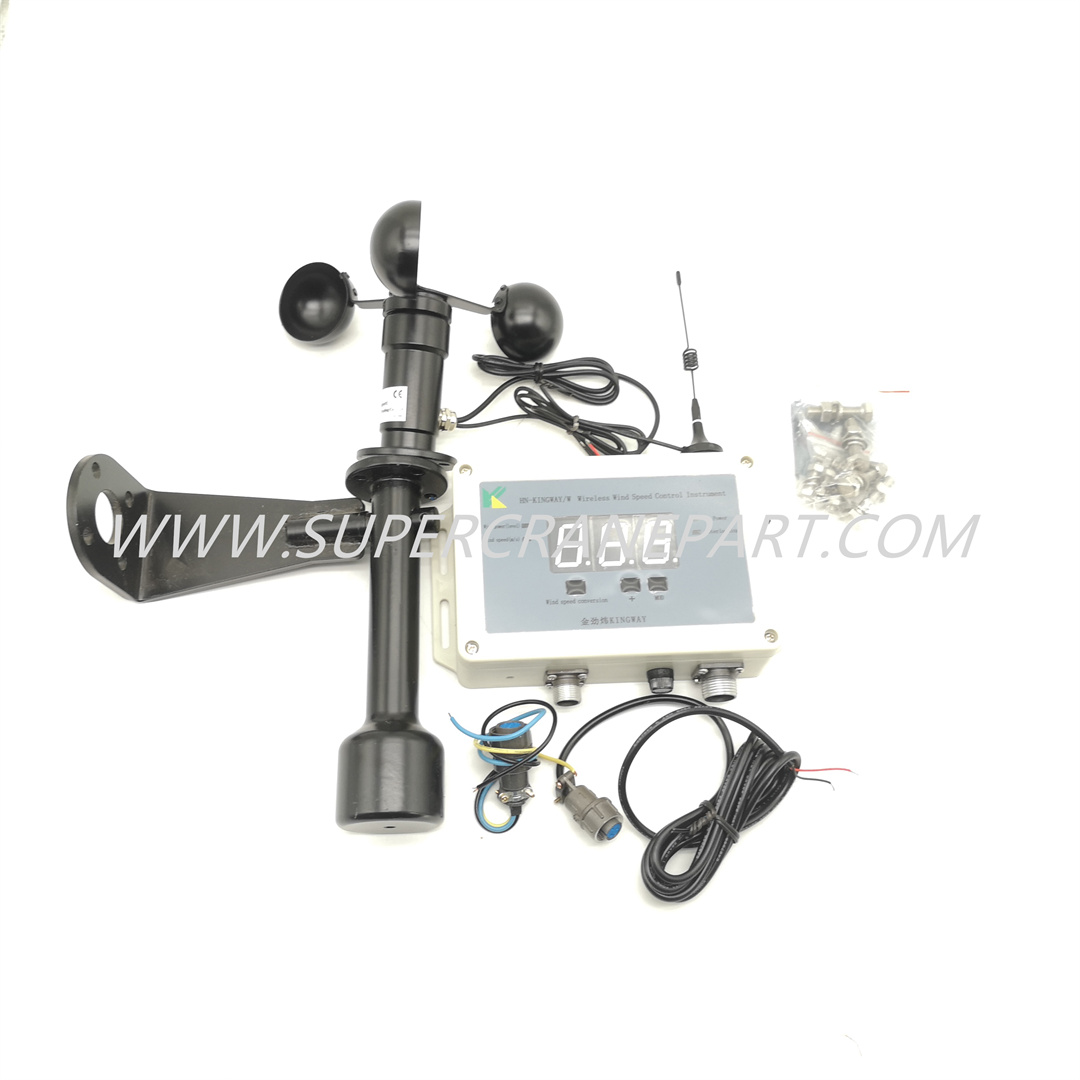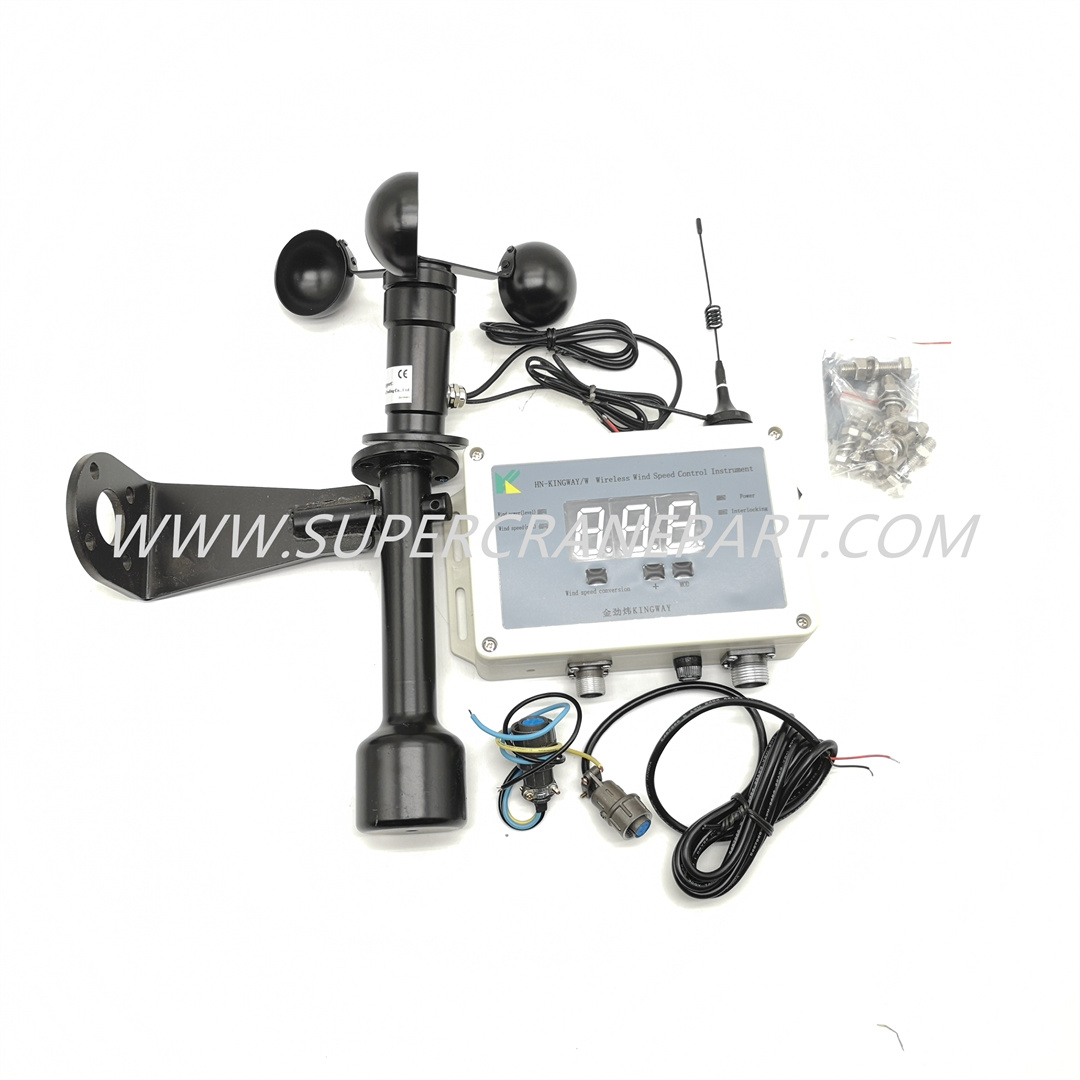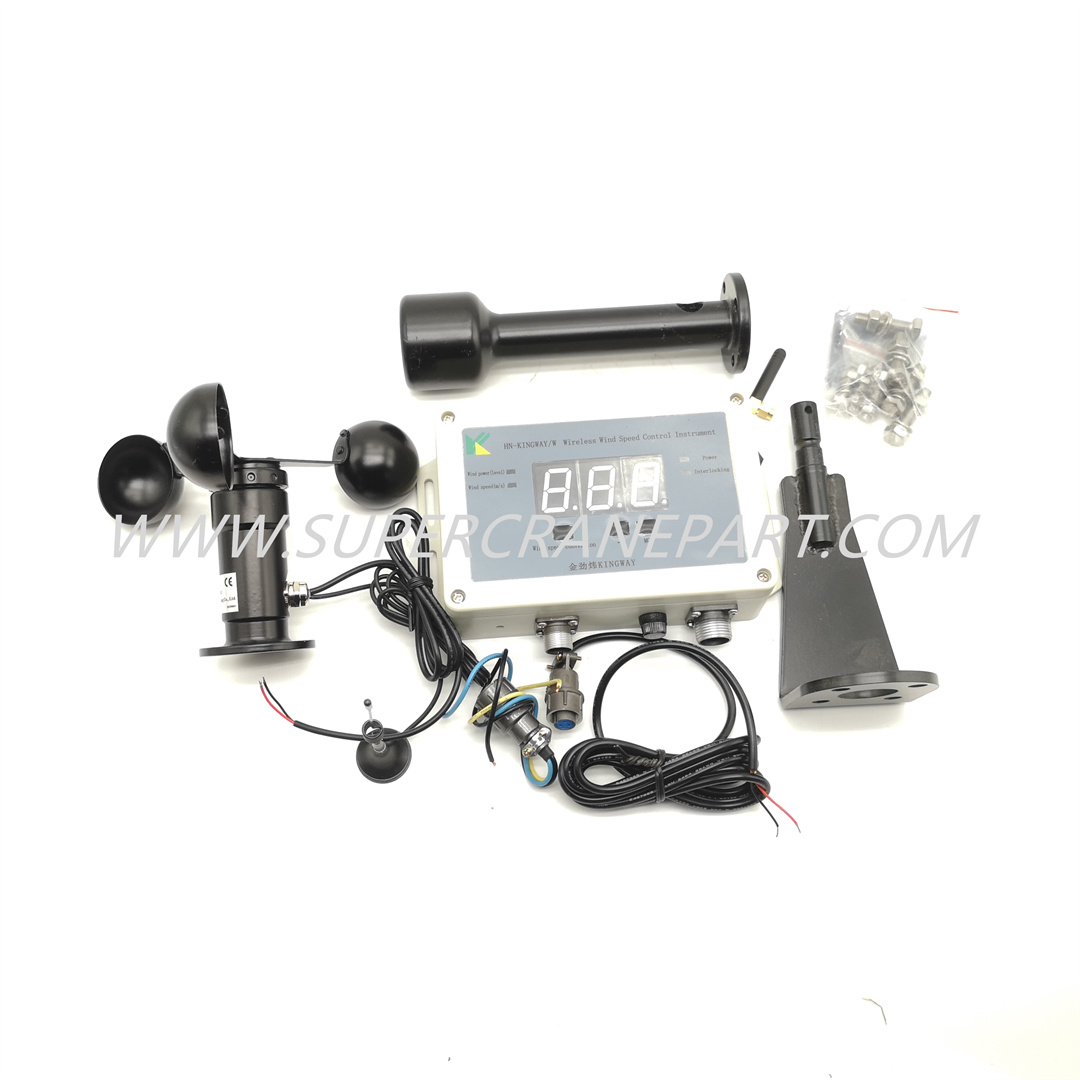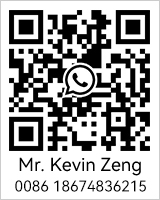
×
- Home
-
Products
- SANY Crane Electrical Parts
- SANY Crane Hydraulic Parts
- SANY Crane Undercarriage Parts
- SANY Port Machinery Parts
- SANY Concrete pump Parts
- SANY Excavator Parts
- XCMG Parts
- Engine Parts
- SANY Filter
- Crane Cab And Boom Parts
- Crane Boom Parts
- Crane light
- Zoomlion Crane Parts
- Crane Wire Rope
- Other Chinese Machinery Parts
-
About
-
News
-
Services
- Contact




